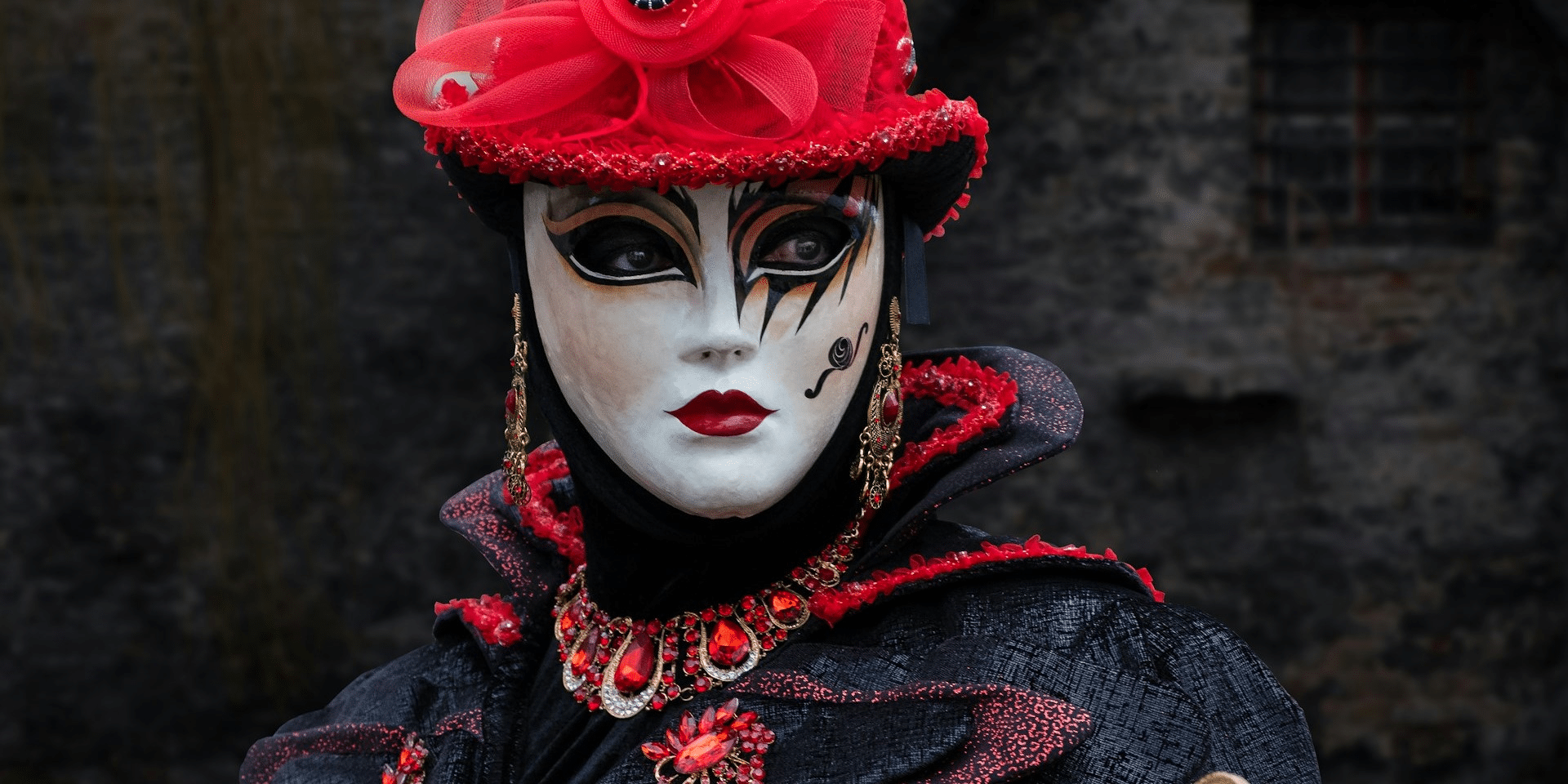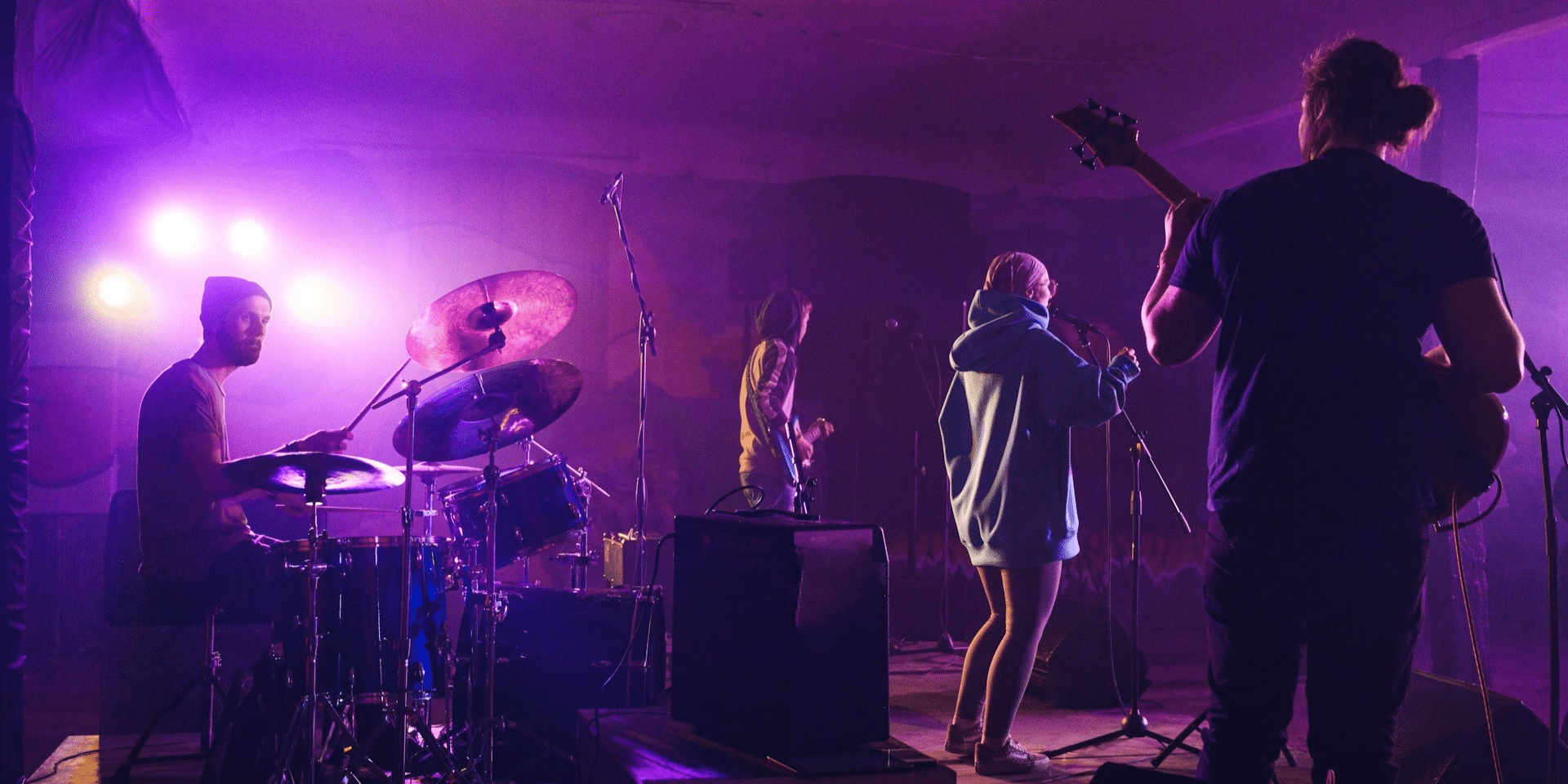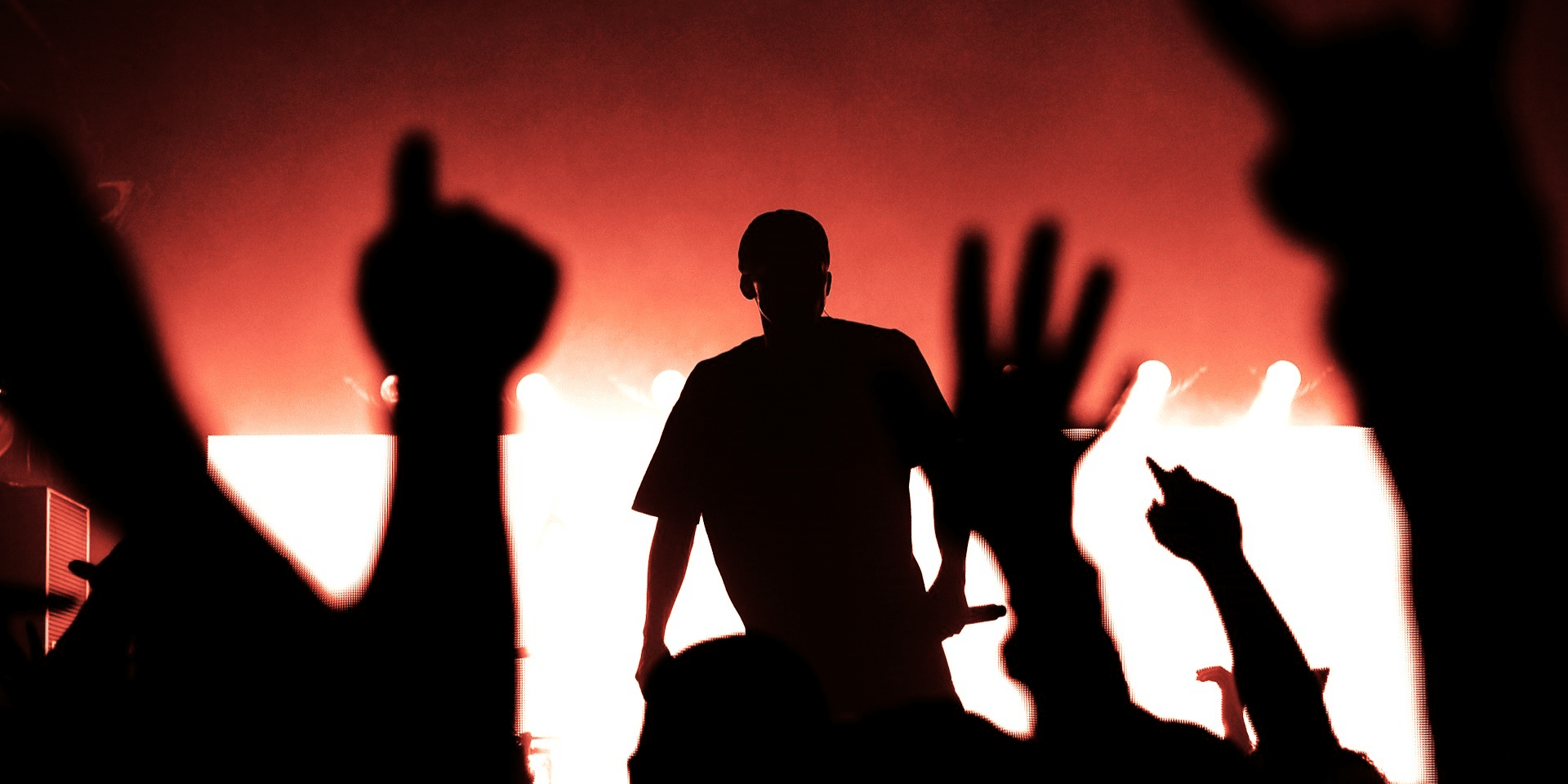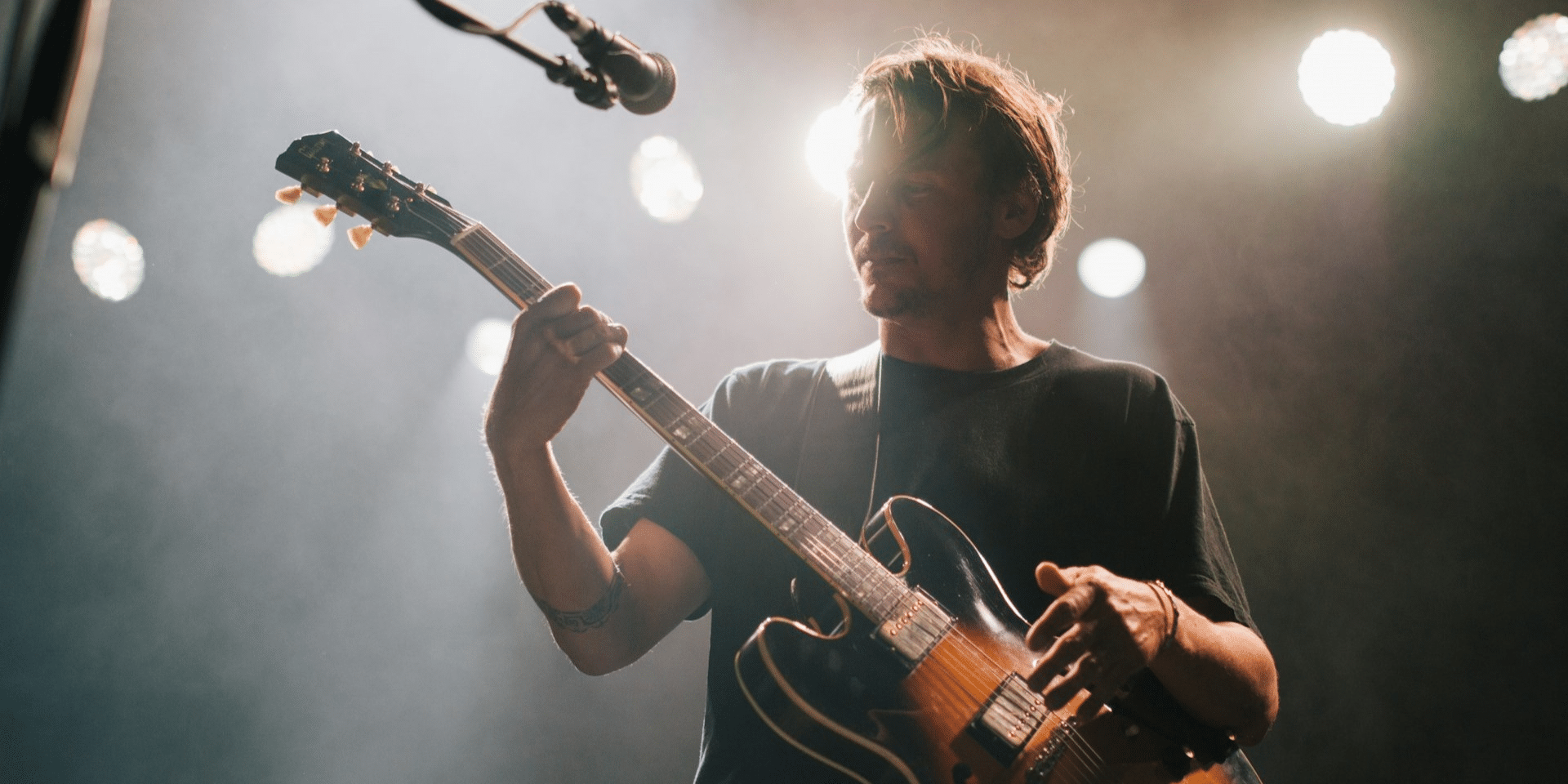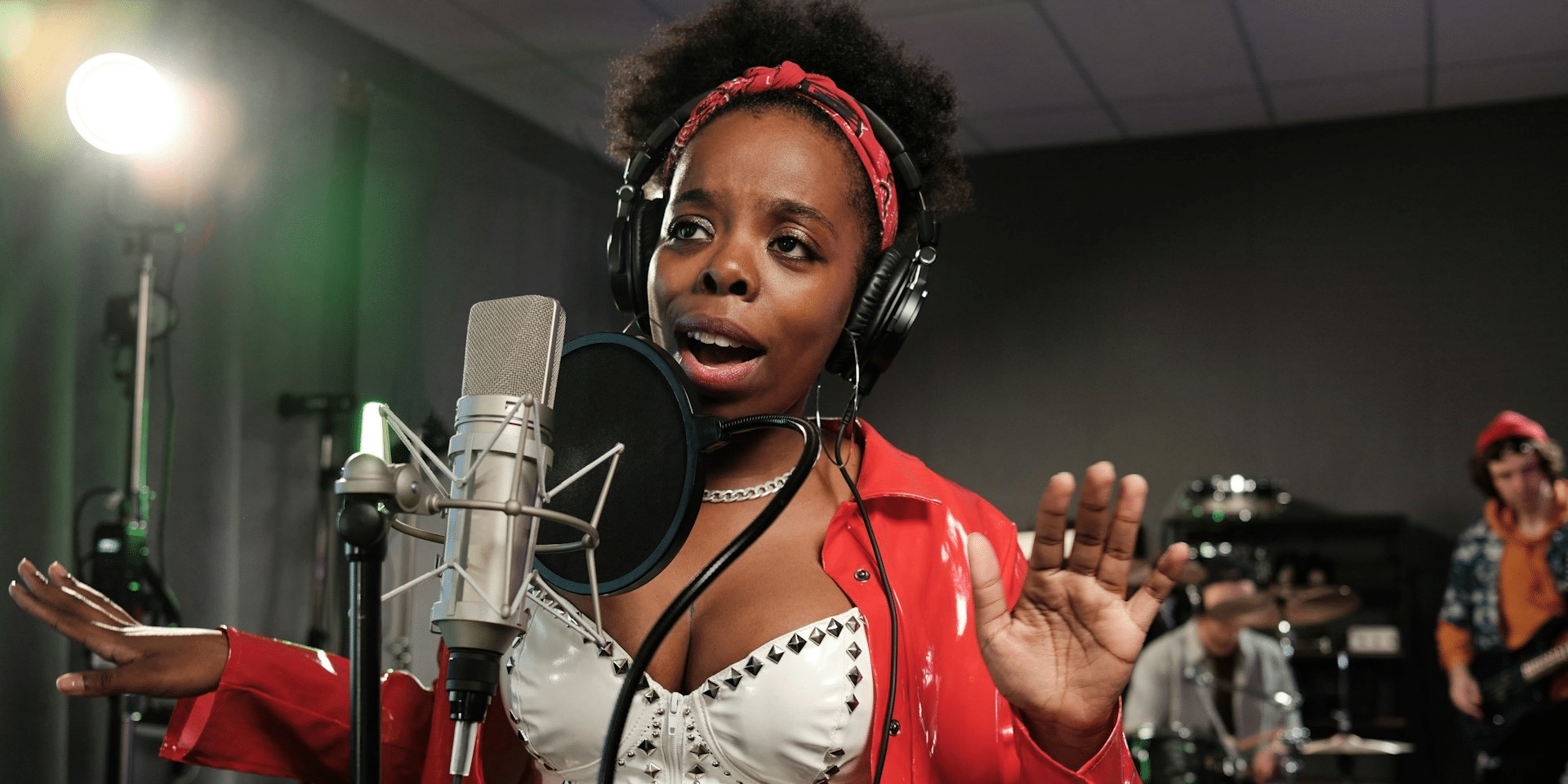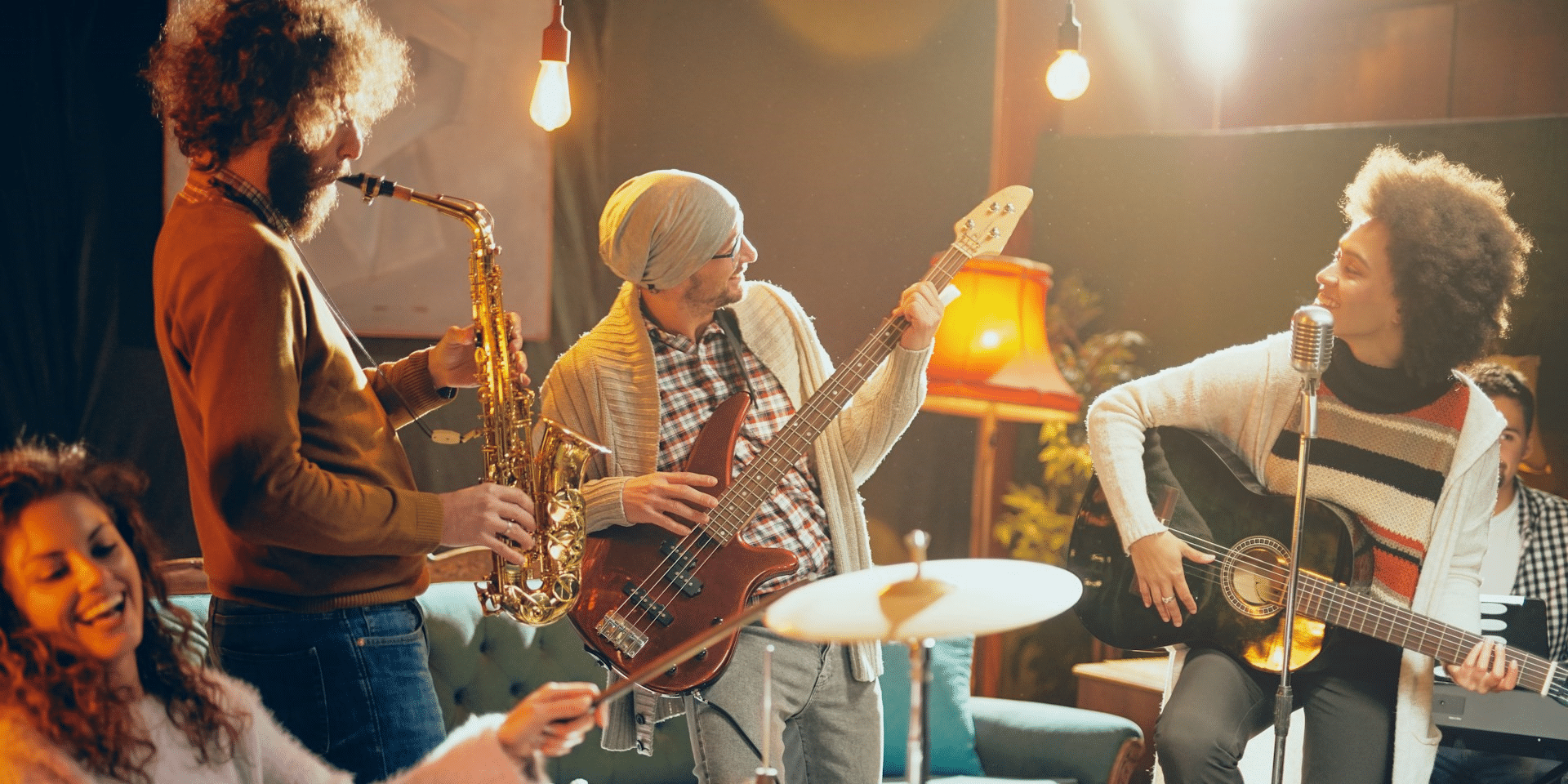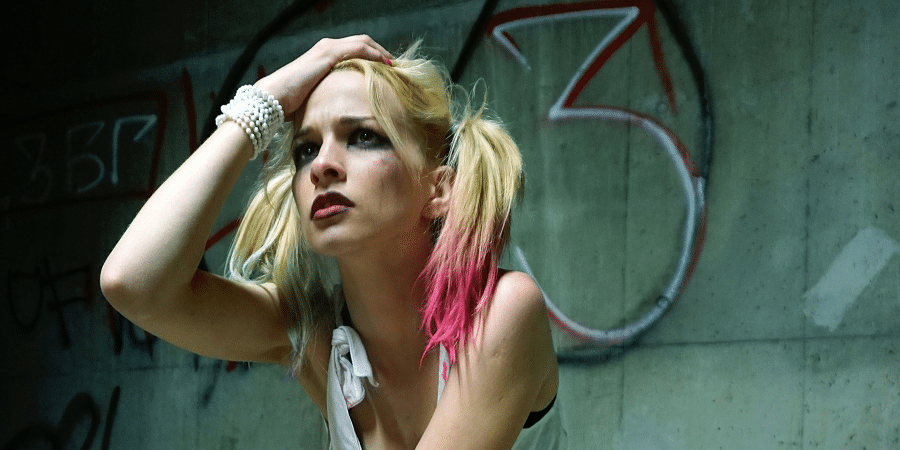In the world of art and entertainment, some artists choose to cover their faces or use masks as part of their public persona. This intriguing choice can be seen across various genres, from music and visual arts to performance art. The reasons behind this practice are diverse and often deeply personal. This article explores why some artists cover their faces or use masks, examining the motivations and impacts of this unique form of self-expression.
Anonymity and Privacy
One of the primary reasons artists cover their faces or use masks is to maintain anonymity and protect their private lives. In an age where public figures are constantly under scrutiny, maintaining a separation between their personal and professional lives can be challenging. By concealing their identity, artists can enjoy a level of privacy that allows them to live more normal lives away from the public eye.
Anonymity can also help shift the focus from the artist to their work. When an artist’s identity is hidden, audiences are compelled to focus on the art itself rather than the person behind it. This can lead to a purer form of appreciation, where the message and impact of the work take center stage.
Creating a Unique Persona
Covering their faces or using masks allows artists to create a unique and memorable persona. This mystique can intrigue audiences, generate curiosity, and build a loyal following. Artists like Daft Punk and Deadmau5 have used this approach to great effect, becoming iconic figures in their respective genres.
Masks and face coverings can be powerful tools for enhancing artistic expression. They can symbolize various themes, emotions, or concepts that the artist wants to convey. Performance artists often use masks to explore identity, transformation, and other complex ideas, adding depth and layers to their work.
Overcoming Stage Fright and Insecurity
For some artists, covering their faces helps overcome stage fright and insecurity. Performing in front of an audience can be daunting, and a mask can provide a sense of protection and anonymity that boosts confidence. This psychological barrier can make it easier for artists to express themselves freely without the fear of judgment.
Masks can also alter the way artists perceive themselves, allowing them to step into different roles or personas. This transformation can be liberating and empowering, enabling them to perform with greater intensity and creativity.
Cultural and Historical Influences
The use of masks in artistic expression has deep cultural and historical roots. Many traditional cultures use masks in ceremonies, rituals, and performances to represent deities, spirits, or otherworldly beings. Modern artists may draw inspiration from these practices, incorporating masks into their work to pay homage to cultural traditions or explore similar themes.
Masks can also be used to make political or social statements. Artists may use face coverings to comment on issues such as identity, surveillance, or the erosion of privacy in the digital age. By masking their faces, they can provoke thought and discussion on these important topics.
Marketing and Branding
In the competitive world of art and entertainment, creating a strong brand identity is crucial. Masks and face coverings can become a signature element of an artist’s brand, making them instantly recognizable. This distinctiveness can help artists stand out in a crowded market and attract attention.
A unique masked persona can also open up additional commercial opportunities, such as merchandise. Fans are often eager to purchase items associated with their favorite artists, and masks can become iconic symbols that drive merchandise sales. This can provide artists with an additional revenue stream and enhance their brand presence.
Case Studies of Artists Who Cover Their Face
The electronic music duo Daft Punk is known for their distinctive robot helmets. Their choice to cover their faces has created a sense of mystery and intrigue, contributing to their iconic status in the music industry. The helmets have become synonymous with their brand, enhancing their stage presence and visual identity.
Banksy, the elusive street artist, is famous for maintaining anonymity. By hiding his identity, Banksy has focused attention on his provocative and politically charged artwork. This anonymity has also fueled public fascination, making his work even more impactful and sought after.
Artists choose to cover their faces or use masks for various reasons, including maintaining privacy, creating a unique persona, overcoming insecurities, and making cultural or political statements. This practice can enhance their artistic expression, build a distinctive brand, and intrigue audiences. Whether for practical, psychological, or creative reasons, the use of masks and face coverings continues to be a compelling aspect of the art world.

